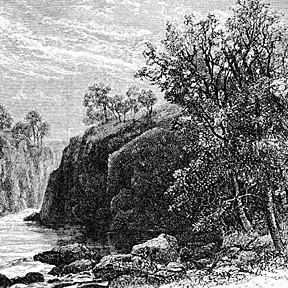
The ‘Stri parva’ section of the Mahabharata narrates a story. In the story a Brahmin was journeying on foot, he comes to an impenetrable forest that scares him to death because it was teeming with huge, carnivorous beasts. Horrible, voracious beasts were scattered on every side, such as lions, tigers and elephants. When he saw this, his heart pounded wildly; his hair bristled and stood straight up. Running through the wood, dashing this way and that, looking out in every direction, he wondered, “Where can I take refuge?”. He searched for some opening among those beasts; racing forward in terror but, he could not get out, and he could not get far enough from the beasts. In some time he saw that horrible wood was surrounded by a net on every side, and that an absolutely horrible woman had embraced the wood with her arms. The large wood was dotted here and there with five headed snakes, lofty mountains that touched the sky like tall trees.
In the midst of that wood there was a covered up well; its opening was choked with vines that were hidden under the covering of grass. The Brahmin fell into that hidden well and got caught in the webbing of the vine’s filament. He hung there with his feet up and head down, like a big jack fruit hanging by the stalk. And then another calamity made things worse. He saw a large, black brindled elephant at the edge of the top of the wall. It had six faces and moved on twelve feet and it was gradually working its way over the well, which was covered by vines and trees. As the Brahmin clung to the branch of tree, at its end there were all sorts of frightening, horrible looking bees; they had gathered honey and were returning to their hive. Honey is the sweetest of all things…….A stream of this honey was flowing there constantly and copiously, and that man hanging there drank from that stream. But in this dire situation, as he drank it, his craving did not abate. Never satisfied, he kept wanting it again and again. And the man never lost hope for his life….though white and black rats were cutting at the root of the tree on which his hope of survival depended!
He was afraid of the wild animals on the periphery of the impenetrable wood, of the extremely ferocious woman, of the snake below him in the well, of the elephant at the rim of the well, and fifth, he was afraid that the tree might fall because of the rats. There was also fear of bees that were greedy for the honey.
This story is told by Vidura to Dhrtarastra. Dhrtarastra was not only physically blind, but is also blinded by the affection for his sons. After narrating the story, Vidura explains that this is an allegory of human existence. The impenetrable wood is the mystery of rebirth. From which it is difficult to get away. The wild beasts are mental and physical diseases that frighten men, the gigantic woman is decay of old age that destroys one’s beauty, and the well is human body in which the soul hangs. The great snake at the bottom of the well is all devouring time, which takes everything away from human beings. And the vine and plant that grew across the middle of the well are desires of the embodied soul to stay alive. The huge elephant moving around the mouth of the well is a year, his six mouths are six seasons and twelve feet are twelve months. The rats that were cutting down at the root of the tree were days and nights, the bees are numerous desires for pleasure and trickling honey is sweet juice of pleasure in which men drown.
This story presents a very grim picture of human existence. But forgetting the inevitability of the diseases, crippling old age and ultimate destruction of human body, we occupy ourselves in accumulating riches, which we may never enjoy. Like the man who is surrounded by dangers from all sides forgets the imminent threat and fragile existence of human being and enjoys the pleasure of drinking the trickling honey. Similarly the soul in human body is deluded by the desire of pleasure.
Story collected by: Dr Ravi Khangai
Source: Mahabharata
Location: pan India
Dr. Ravi Khangai, Assistant Professor, Department of History, Rashtrasant Tukadoji Maharaj Nagpur University, India.








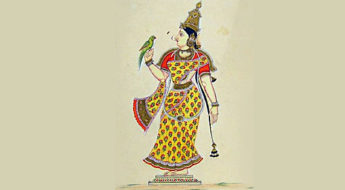
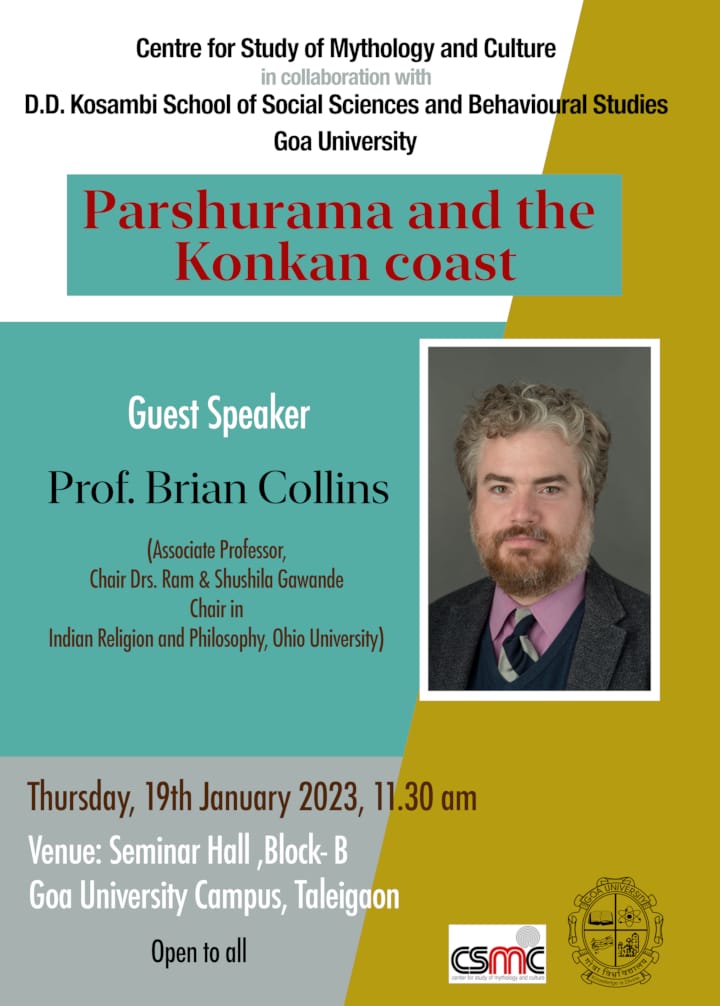
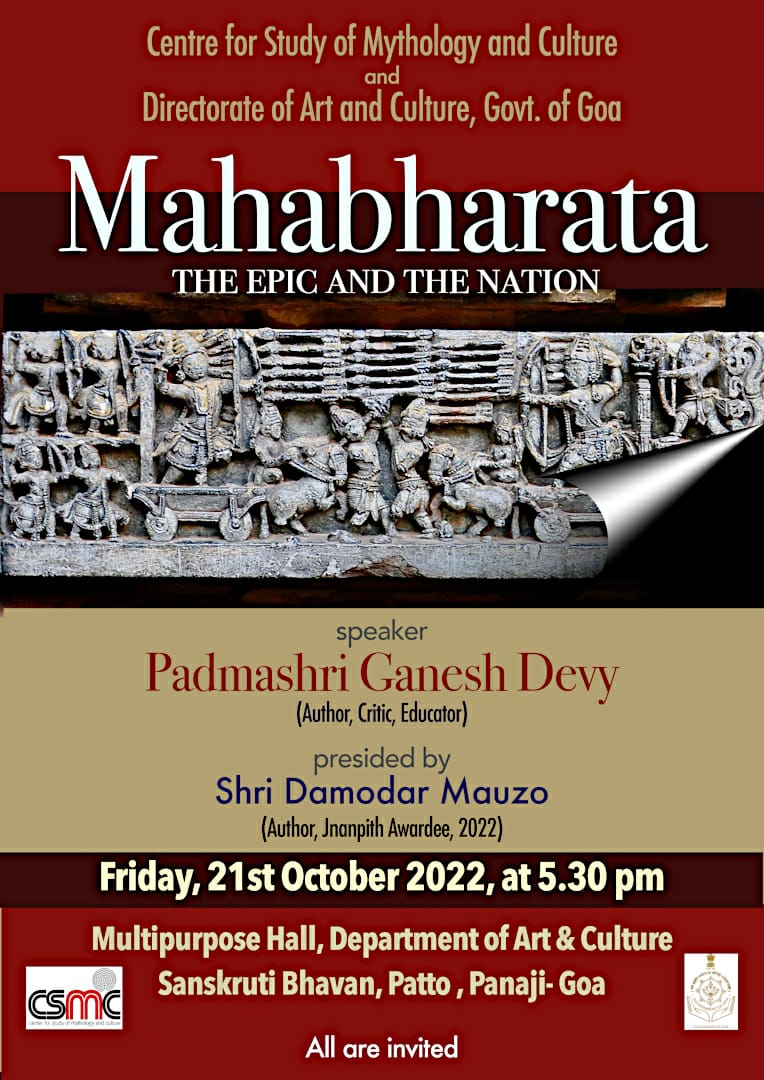
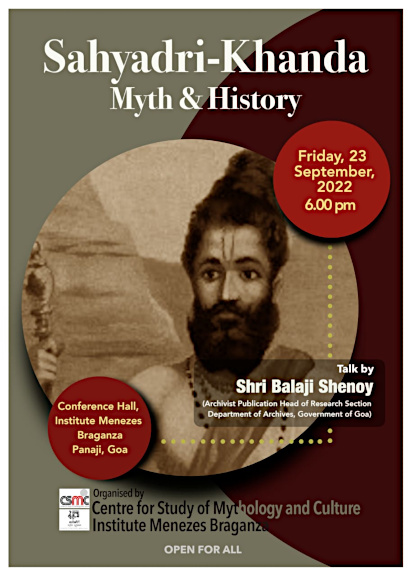
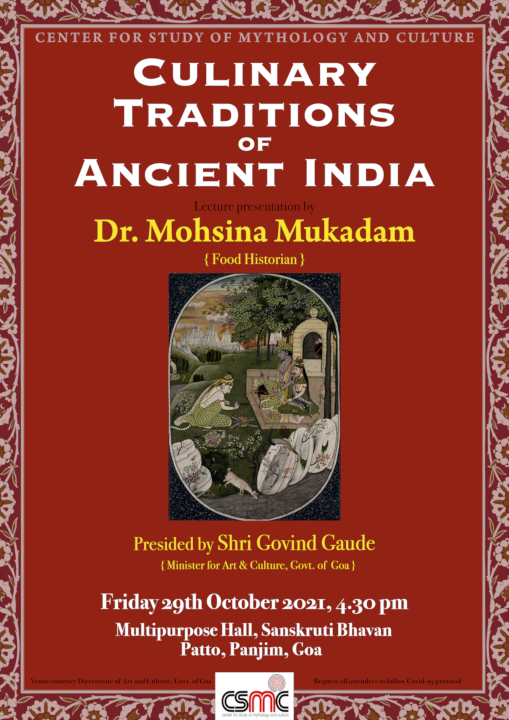

Leave a Comment